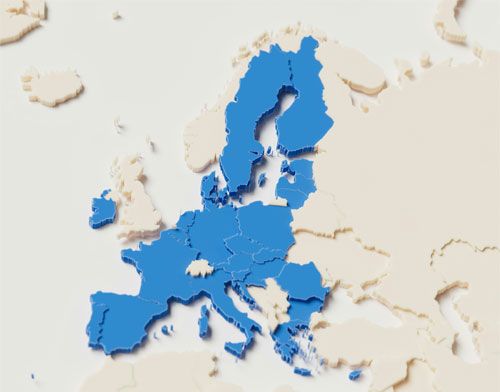EU Entry Exit System 2024 : New Border Tech (EES)
EU Entry Exit System 2024: Europe’s New Border Tech
Get ready, jet-setters! Europe is about to roll out a new high-tech way to track your comings and goings. Starting on November 10, 2024 (give or take a week, depending on how ready the airports are), the European Union will introduce the Entry/Exit System (EES). This automated IT system aims to make crossing borders into and out of the EU a whole lot smoother—or at least that’s the plan. Here’s what you need to know before you pack your bags.
What is the EU Entry Exit System 2024?
This is an attempt by Europe to streamline border crossing. Non-EU travellers will have their entries and exits into member states monitored by this system. Brexit means that British passport holders can only spend not more than 90 days in any half-year period without a visa requirement while being within European Union territory. This will aid you in tracking these days saving yourself from illegally staying in the country—as well as preventing a situation when you are turned down at border control.
For this purpose, the EES will gather certain necessary details about your trip documents. Among others, this includes your name; type of document used for travel; biometric data such as fingerprints and photographs; and timing plus place of entrance or exit point(s). The other system known as ETIAS operates differently from this one although they might be integrated later on.
When and Where Will EU Entry Exit System 2024 Be Required?
The system shall commence on November 10th 2024 but if airports are not yet ready it may be taken into operation a week later. It will be adopted by twenty-five out of twenty-seven EU member states. However, manual checks will still be maintained by Ireland and Cyprus. Additionally, Schengen Zone members i.e., Norway; Iceland; Switzerland; Liechtenstein also accommodate it.
Once EES is functional, you will be required to simply scan your passport at the automatic gates just as you do when entering UK. Nevertheless, on first use of EES, it would require providing fingerprints and having a photo taken. This data will be kept for three years meaning that you won’t have to go through this process again during subsequent trips.
EES gates are also being installed in Dover port, and Eurostar and Eurotunnel terminals where passports are checked prior to travel within UK.
How Will EU Entry Exit System 2024 Impact Your Travel?
Ideally speaking, EES should facilitate crossing borders faster and more conveniently. Frequent travellers will enjoy not getting stamps on their passports all the time; hence there will be more space for important visas and souvenirs from other destinations. However, there may be some initial delays as everyone gets their fingerprints taken and photos shot for the first time.
Where Can You Anticipate to Wait?
The busiest areas such as the Port of Dover and Eurostar terminals may experience some bottlenecks during the implementation of the new system. It could take up to 10 minutes per car for the cars to be processed at the Port of Dover, so prepare to wait. Eurostar is increasing its check-in area to help speed up the process by installing further kiosks and e-gates at London St Pancras, Paris Gare du Nord, and Brussels Midi stations.
Once everything is functioning correctly, EES should not be more complicated than present passport checks. Thus, although there will be some challenges along the way, this new system is meant to make your European travel easier in future.
Plan your next trip to the EU with one of these marvellous DMCs – they can help you with travel arrangements, accommodation and putting together an exciting itinerary.


